Most people have heard about vegetarian and vegan diets, along with the many fad diets that have come and gone from Hollywood. Sky and Allyson Sanborn, however, follow a “Paleo diet.” The couple, of Savoy, Illinois, and their two daughters have been Paleo for more than two years, and they believe it is the most natural and effective way to nourish their bodies.
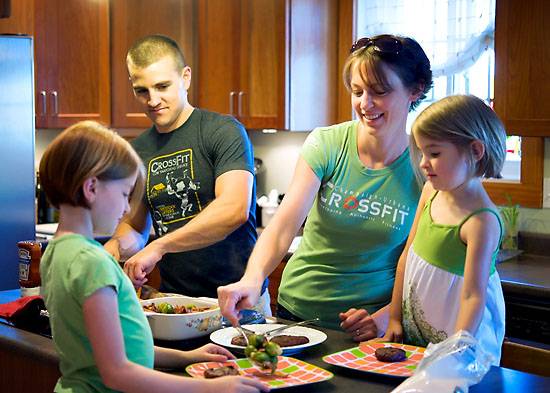
Sky and Allyson grew up eating the standard Midwest diet of meat and potatoes and, like many Americans, indulged in processed foods several times a day. After hearing about the Paleolithic diet, or “Paleo,” they revamped their eating habits, became more physically active, and believe that they and their children are happier and healthier for it. Paleo nutrition is based on the presumed diet of ancient humans from the Paleolithic era, which dates back as far as 2.5 million years. Popularly referred to as the caveman or hunter-gatherer diet, the Paleo diet is free of foods introduced after the Paleolithic era, including grains and dairy.
Despite grim health complications and repeated warnings, many Americans continue to live sedentary lifestyles and eat processed foods. The Centers for Disease Control and Prevention report that more than 27 million Americans have heart disease and more than 78 million Americans are obese. Healthcare costs are almost twice as high for someone who is obese, says the CDC. Doctors and scientific experts almost unanimously attribute the epidemics of heart disease, obesity, and type 2 diabetes to preventable and often reversible dietary habits. The disagreement lies in how to prevent and treat these conditions.
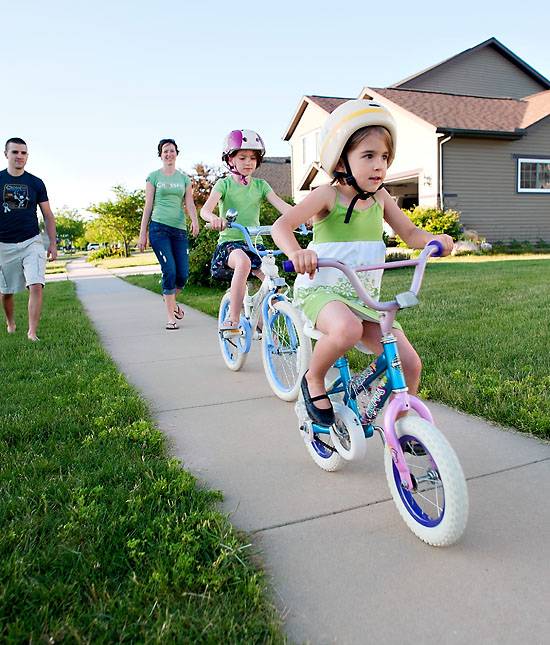
Dr. Loren Cordain, a professor of health and exercise science at Colorado State University, believes a Paleo diet is the answer. He is considered the world’s leading expert on Paleolithic nutrition. Dr. Cordain bases his research on the theory of evolution: people still have the Stone Age genetic makeup and have not had time to adapt to the modern diet. Evolution and natural selection have designed the perfect diet of lean meat, fruits and vegetables, nuts and seeds. It is free of grain, dairy, and refined sugar.
“We’ve examined hunter-gatherer societies all over the planet to see what they eat,” said Dr. Cordain. “The basis for this concept is to try to mimic the food groups that our ancestors ate with foods that are commonly available in the supermarket.”
Paleo researchers like Dr. Cordain believe that the “native diet” of the hunter-gatherers is the optimal diet and that modern illnesses are a result from adopting diets to which we are not genetically suited.
“Every person on the planet 10,000 years ago was a hunter-gatherer,” said Dr. Cordain. “Our studies have shown that hunter-gatherers, even into late adulthood, don’t exhibit any symptoms of metabolic syndrome.”
The Paleo diet avoids dairy because research indicates that it was unavailable to Paleolithic beings and may be inflammatory. Grains are to be avoided since they spike sugar levels and cannot be digested raw. Carbohydrate needs are to be met from fruits and vegetables.
Dr. Cordain’s research suggests that protein, fiber, and fat intake was higher during the Paleolithic era. He and his colleagues argue that hunter-gatherers were virtually free of the signs and symptoms of cardiovascular disease because of their high antioxidant intake and physical activity.
“It’s a lifetime program for eating to minimize the risk for chronic disease,” said Dr. Cordain. “Fruits and vegetables are more nutritionally dense.”
Sky Sanborn of Savoy is a 34-year-old civil engineer who says he is in the best shape of his life. He is also the founder of the CrossFit in Champaign. The health club, located on the outskirts of town, designs exercise programs aimed at replicating strenuous, real-life scenarios. There are thousands of CrossFit gyms across the country, and Paleo diets are becoming popular among its members. Sanborn says CrossFit does not officially endorse any diet. He says it is performance driven and empirical — if they can see results, they’ll try it.
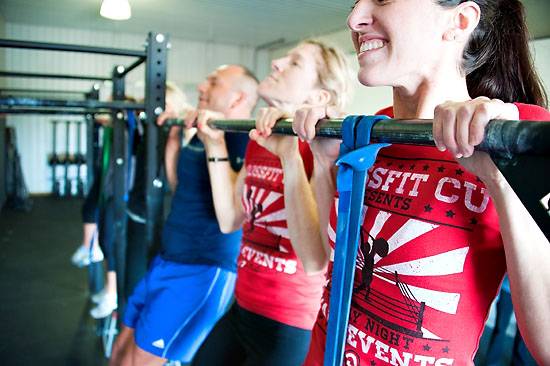
(Photo by Allyson Sanborn)
Sanborn heard about CrossFit from friends. In the fall of 2008, he decided to try it on his own to see if it would boost his exercise performance. He and several friends researched CrossFit exercises and did them in the indoor playground of their church, First Christian in Champaign. Eventually, more and more friends started joining until he decided to open a local branch. One of the gym’s four trainers, Sanborn received his training certification in May 2009 and has been operating the gym ever since.
He said he does not market at all because he would rather spend money on improving the facility. He prefers that people hear about CrossFit by word of mouth, which he said is more powerful anyway.
Months after doing CrossFit exercises, Sanborn reached a plateau. He said he thought he was eating well, but did not realize how much processed food and sugar he was eating until weeks into his Paleo diet, which began February 2010.
“Nutrition’s going to limit you,” said Sanborn. “You quickly learn that you have to change how you think about it so that it can drive and honor your workout.”
Even so, he said most people who are Paleo are not dogmatically strict about it. He estimates that, out of the 100 people at CrossFit, between 60 to 70 are mindful of the Paleo diet, but allow themselves “cheats” about once a week.
Sanborn says CrossFit and Paleo nutrition go hand-in-hand, which is why many people at CrossFit gyms across are giving Paleo a try.
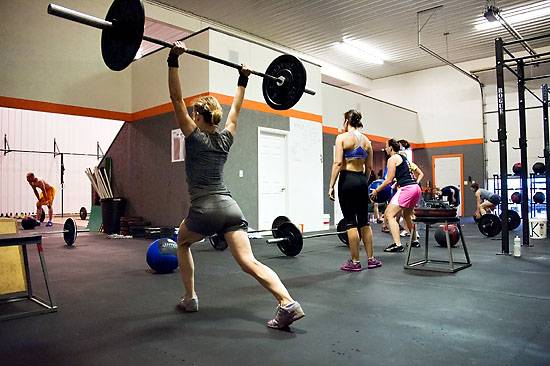
(Photo by Allyson Sanborn)
“While Paleo mimics ancestral diets, CrossFit mimics the physical activity,” said Sanborn. Their exercise programs are designed around body weight resistance and a few free weights. They don’t use any machines because machines manipulate the body in an unnatural and unrealistic way, explained Sanborn.
When he suggested trying Paleo to his wife, she was shocked but agreed to join him. They started by throwing out all the food that did not conform to a Paleo diet. The bulk of their waste was flour, sugar, bread, and rice.
“We didn’t want to give that stuff to our friends,” said Sanborn. “Why would we give them stuff we think is crap?” They restocked their house with alternative, grain-free flours, fresh produce, and lean meat. They also avoid legumes, which, like grains, are indigestible if raw.
Sanborn said many people on alternative diets binge on one food group, but Paleo stresses quality of food. “It means eating only what you can pick off the ground or kill,” he said. “Local, organic farming or hunting is the closest to that.” He added that industrial farming and commercial agriculture are as far from Paleo as one can get.
“Cows are getting force-fed to eat corn, but they’re not meant to eat that stuff,” said Sanborn, shaking his head. “As for dairy, it’s inflammatory, yet so many people ignore their intolerance to it.”
Sanborn said Paleo has made shopping a lot easier — they stick to the periphery of the grocery and avoid the aisles entirely.
“The aisles are where all the processed stuff is,” he said, “and if it’s not perishable, it’s probably not really food.”
The lean, 5’7” engineer and fitness trainer said he wishes he’d known about Paleo when he was in high school and on the wrestling team. He grew up in Morris, Illinois, about two hours north of Champaign. He said his family stuck to the standard Midwest diet of meat and potatoes that neglected vegetables. His parents were both heavy and borderline diabetic.
“I grew up during the peak of low-fat diets,” said Sanborn. “I was eating a lot of low-fat junk, and my mom encouraged it. We thought that was how an athlete should eat.”
At his lightest, Sanborn weighed 113 pounds. He said his overall health and performance would have been much better if he was Paleo as a teenage athlete. His wife, Allyson, is a photographer who is in the process of completing her trainer’s certification at CrossFit. He said she used to be rail-thin but now has muscle.
“The biggest challenge was getting started,” said Allyson Sanborn. “Throwing things out was a mental block at first,” she said. “It felt like you were throwing away money.”
“He didn’t want food to be in control of him,” she said, looking at her husband. “For me, it was that I didn’t want someone else telling me what to do. I wanted to be the one to decide on what’s ok — and that’s what I did.”
They say the entire family has gotten sick far less and is cavity-free. Their doctor knows about their Paleo diet and said their good health must be due to their increased consumption of antioxidants from fruits and vegetables, said Allyson Sanborn.
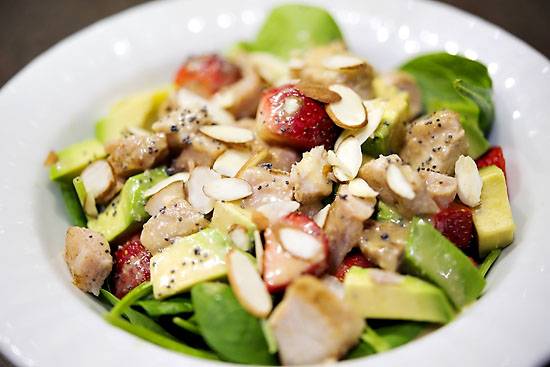
(Photo by Allyson Sanborn)
Sky Sanborn said most people are used to intoxicatingly high levels of sugar; they can only correctly identify it after cleansing themselves of it.
“Sugar is like a strong perfume in a room,” said Sanborn. “People get used to it after a while, but once it’s gone, they become sensitive again.” He said his family is much more perceptive to sugar now. By cutting refined sugar, everything started tasting sweet, he said. His whole family identifies the natural sugars found in vegetables like carrots, he said.
Allyson Sanborn laughed and cringed when she recalled the high-sugar, processed snacks they used to eat, like Pop-Tarts.
“It’s disgusting to think about it now,” she said. Their new Paleo breakfasts are either free-range eggs or homemade waffles from coconut flour, almond flour, and flaxseed meal. The family almost never goes out to eat, but when they do it’s considered a “cheat.” They go to a Mexican restaurant, El Toro, in Champaign. They don’t ask for the ingredient list, but still keep up some Paleo practices, such as avoiding or limiting grains and dairy. Sanborn says the diet, like any other alternative diet, can be restrictive if you’re very strict.
On special occasions, they still allow themselves to indulge in familiar treats, à la Paleo. A favorite item is chocolate cupcakes made from coconut flour. For sweeteners, they use honey, agave nectar, or fruit preserves sparingly.
“You’re honestly better off allowing yourself some leeway every once in a while so you don’t feel deprived and can avoid binging,” said Sanborn.
He’s happy that his daughters are identifying whole foods as their favorites. He allows them to have some dairy for calcium, but in moderation. For the most part, they drink almond milk, which he said the girls have come to prefer over time.
The Sanborns’ nine-year-old daughter Averhy said she likes how they eat since going Paleo. She said she missed grains at first, but has learned to forget about them because she likes the alternatives.
“Because flour has sugar it’s not good for your body,” said Averhy. “Nuts have no sugar so we make flour from nuts and that’s our own Paleo bread.”
Averhy’s sister, Eden, 5, said eating Paleo is healthy and tastes good. Unlike most kids her age, Eden said she loves Brussels sprouts.

(Photo by Allyson Sanborn)
Every Friday at the Sanborn house is pizza-and-movie night. Averhy and Eden help their parents prep the dough and pick out the toppings.
“We mix the almond flour with nuts, eggs, and spices for the crust,” said Averhy, whose favorite food is their homemade pizza. “After we roll the dough, we add sauce and toppings like olives, pepperoni, tomatoes, and avocado.”
Averhy attends Carrie Busey Elementary School in Champaign, where she brings her own Paleo lunch — usually salami, crackers, fruit, and applesauce. She said she does not feel pressured by the other kids to eat their food because she prefers Paleo.
“It’s really not that hard,” said Averhy. “It doesn’t change you too much. You actually make yourself better, and now we know more yummy recipes.”
The Sanborns said the holidays are the “big cheat” meals. They said they cave sometimes, mostly out of politeness, but feel sluggish and sick. After not being exposed to sugar for so long, they have become more perceptive to sugar spikes and crashes and often and get upset stomachs after big holiday feasts.
“We don’t make up for it by exercising extra hard,” he said. “We try to think of food as a response to a workout so that you can be properly fueled and do yourself service. Be intentional and pay attention.”
The Sanborns have read many of Dr. Cordain’s works, which they suggest to all people interested in the Paleo diet. They do not, however, agree with Dr. Cordain on all levels.
“We don’t believe in evolution,” said Sanborn. “But we believe that we are purposed to eat as omnivores — that we are digestively and mechanically inclined to process and tear into flesh,” said Sanborn.
“We’re supposed to treat our bodies well and respect them,” said Allyson Sanborn. “Our church is our primary support structure — our strongest and most lasting connections are there.”
They said that is why they care about what animals consume.
“Some people think that [genetically modified foods] are great because ‘oh, look at how they make bigger and better animals — that means we’ll be bigger and better, too,’” said Sanborn. “But that’s not how it works.”
Allyson Sanborn documents her family’s Paleo adventure on her photography website, Sweat Pea Photography. Linked to her photography portfolio is a family blog in which she writes about her family’s transition to Paleo, posts recipes, and discusses CrossFit workouts with followers. Her husband said she has brought many people to the CrossFit gym, which they consider a physical and online forum for health and wellness.
“To say we wouldn’t change is foolish,” said Sky Sanborn, “but until someone shows us something better, we’ll stick with this.”
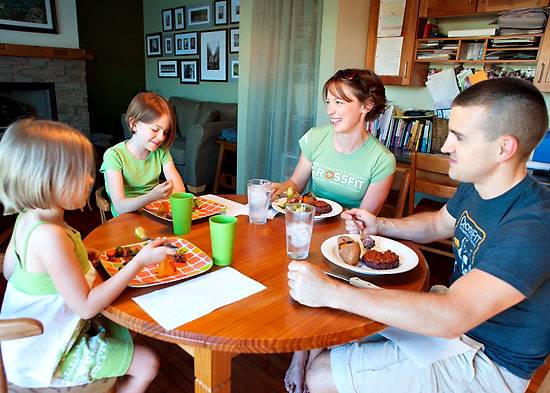
~~*~~
Photos of the Sanborn family by Susanna Kline; all other photos by Allyson Sanborn at www.allysonsanborn.com and www.sweet-pea-photography.com.








